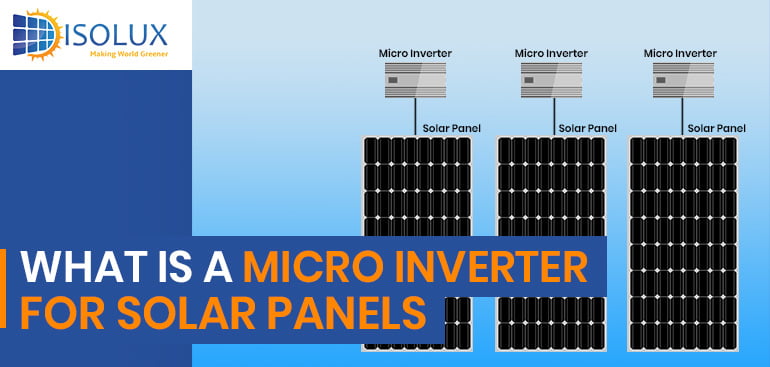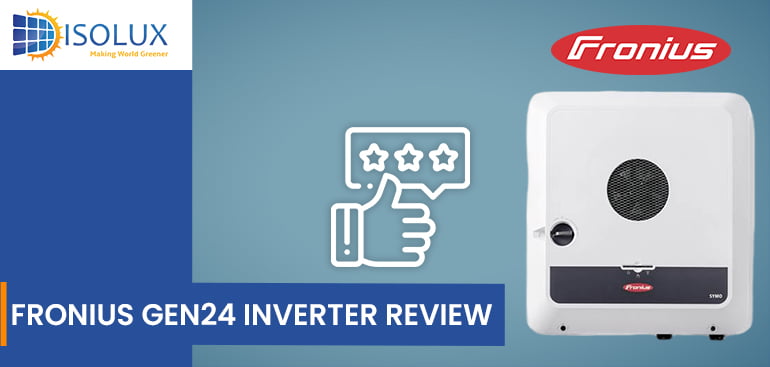When choosing the best solar inverters for your home, there are three main components that you should be most concerned about:
- Solar modules
- Solar racks and
- Solar Inverters
These are great components for your solar panel, which will determine the reliability and performance of your solar panel system for many years. This makes the selection of each of this component quite important.
In this blog, we will share more information on micro-inverters, which represent one of the essential components making a complete solar power system: solar inverters.
What is Micro-Inverter?
- A micro-inverter is connected to each solar panel and converts direct current (DC) from a single solar panel to alternating current (AC).
- The electric power from several micro-inverters is combined and fed into an electrical grid offering several advantages over conventional systems with string inverters.
Where to Use?
- Module-Level Power Electronics (MLPE) is the best choice for solar inverter installations for those with marginal shading.
- With traditional string inverter technology, panels can only produce electricity at the lowest-performing panel on the same string.
- The size of the best solar power inverter depends on the size of the panel and the amount of electricity an inverter is capable of producing.
- So you must seek the advice of the best solar company in Sydney to get the right solar inverter for you.
Comparison: Micro-Inverters vs. String Inverters
- Performance in Shaded Conditions
- Micro-Inverters: Maintain higher efficiency as shading on one panel doesn’t affect others.
- String Inverters: Shading on one panel can significantly reduce the performance of the entire string.
- System Monitoring
- Micro-Inverters: Provide detailed, panel-level monitoring.
- String Inverters: Offer limited, system-level monitoring.
- Installation and Scalability
- Micro-Inverters: Easier to install and scale, with each panel operating independently.
- String Inverters: More complex installation and less scalable without replacing or upgrading the inverter.
Pros of using Microinverter:
1. Reliability:
- The biggest advantage of using a micro-inverter is the reliability of it according to the best solar company Sydney.
- Microinverters increase the consistency of the solar power system because the failure of one part only affects that solar panel. It does not affect the whole set of solar panels.
2. Ease of Installation:
- The solar inverter installation should be performed in a way that you get maximum output.
- Installing solar panels with micro inverters is easier and faster.
- Installers are no longer limited by chain design, edge design, co-planarity, and combination modules.
- Microinverters reduce wiring time and eliminate the need for DC switch points.
3. Longer Life:
- Microinverters typically have a warranty of 10 to 25 years. The average life of microinverters is longer than the usual life of traditional String inverters, which need to be replaced every 5-10 years.
- If you are the one who likes to choose the best solar power inverter for solar, microinverters are the right choice.
4. Flexibility
- Microinverter provides flexibility and scalability in solar panel installation as compared to a conventional string inverter, one can get benefits of microinverters in residential solar rooftop PV installations.
- Microinverters are much less likely to fail due to the less amount of electricity they have to process compared to a conventional inverter.
- The remote monitoring system allows monitoring of the performance of the individual solar panel, which allows identifying and troubleshooting the problem easily.
Compare multiple inverter options
Microinverters are gaining more and more acceptance in the solar energy market, especially in residential applications. Solar panel systems last for more than 25 years, so it’s important to make a confident decision when it comes to choosing the best solar inverters.




